Water’s Endless Journey
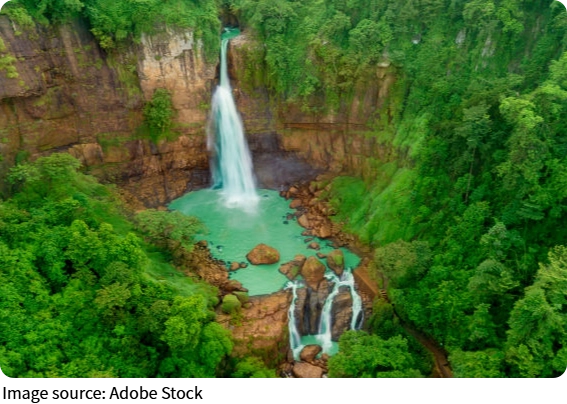
Hey Lykkers! Imagine this — the very drop of water in your bottle might’ve once trickled down an ancient glacier, danced through a rainforest, or even swirled in the belly of a storm centuries ago. Pretty wild, right?
Welcome to the mind-blowing journey of Earth’s water cycle — a nonstop, natural wonder that’s been recycling and refreshing our planet’s water for billions of years. From clouds to oceans and everything in between, we’re about to uncover the secrets of how water moves, why it matters, and a few surprising twists you probably never saw coming.
So grab your curiosity — it’s time to dive deep and ride the wave of science!
What Is the Water Cycle?
The water cycle, also called the hydrologic cycle, is the continuous movement of water on, above, and below Earth’s surface. It’s nature’s way of recycling water, ensuring it moves through different stages — liquid, vapor, and ice — in a never-ending journey. This cycle powers weather patterns, replenishes fresh water, and supports every living thing.
The Main Stages of the Water Cycle
1. Evaporation
This is where water from oceans, lakes, rivers, and even soil gets heated by the sun and turns into water vapor, rising into the atmosphere. Plants also release water vapor through a process called transpiration, so combined, we often call it evapotranspiration.
2. Condensation
As water vapor rises and cools, it transforms into tiny droplets, forming clouds. This phase change from gas back to liquid is condensation — the reason your bathroom mirror fogs up after a hot shower!
3. Precipitation
When cloud droplets combine and become heavy enough, they fall back to Earth as rain, snow, sleet, or hail. This is precipitation, delivering fresh water back to the surface.
4. Collection
Once water reaches the ground, it gathers in bodies of water like rivers, lakes, and oceans. Some water infiltrates the soil, replenishing underground aquifers — vital natural reservoirs for freshwater.
Why Is the Water Cycle Important?
The water cycle regulates Earth’s climate, distributes heat, and sustains ecosystems. Without it, deserts would expand, crops wouldn’t grow, and life as we know it would struggle to survive. It’s also essential for humans — providing fresh water for drinking, agriculture, and industry.
Fun Fact: How Much Water Are We Talking About?
Earth’s surface is about 71% water, but only around 2.5% is fresh water, and most of that is locked in glaciers or underground. The water cycle constantly moves this limited resource, making it available for plants, animals, and us.
Human Impact on the Water Cycle
While the water cycle is natural, human activities affect it in many ways:
- Deforestation reduces transpiration, impacting rainfall patterns.
- Urbanization creates impervious surfaces, leading to increased runoff and flooding.
- Pollution contaminates water sources, disrupting ecosystems.
- Climate Change alters evaporation and precipitation, intensifying droughts and storms.
Understanding these impacts is key to managing our water resources sustainably.
The Science Behind Clouds and Rain
Clouds aren’t just fluffy white balls! They’re made of tiny droplets or ice crystals held aloft by air currents. The type of precipitation depends on temperature: warm clouds produce rain, while colder clouds can produce snow or hail.
Scientists study cloud formation using satellites and weather balloons to better predict storms and understand climate change.
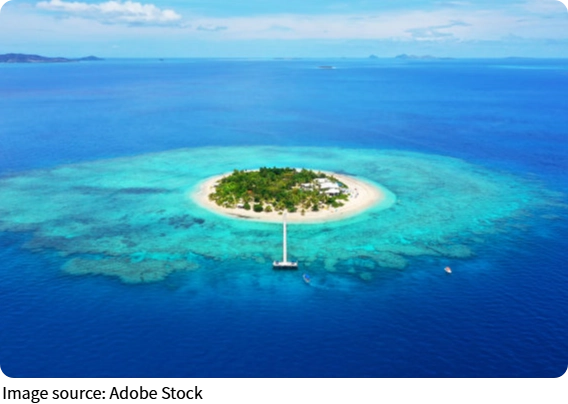
Wrapping It Up!
The water cycle is a complex, beautiful dance powered by the sun and gravity, moving water through different forms and places in an endless loop. It’s essential to life, shaping weather and climate, and connecting all ecosystems on Earth.
So next time you sip a glass of water or watch the rain fall, remember — you’re witnessing a tiny part of this amazing global cycle that has been running for billions of years!
-
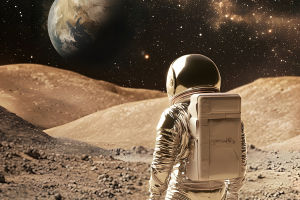 Space Travel SecretsBreaking the Gravity Barrier: How Scientists Fight the Toughest Space Obstacles!
Space Travel SecretsBreaking the Gravity Barrier: How Scientists Fight the Toughest Space Obstacles! -
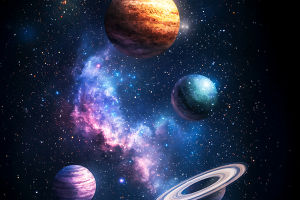 What Are Trojan Asteroids?What Are Trojan Asteroids?! Why Do They Trail Giants In Perfect Sync?!
What Are Trojan Asteroids?What Are Trojan Asteroids?! Why Do They Trail Giants In Perfect Sync?! -
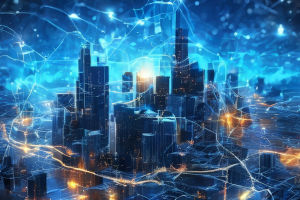 Is Internet 3.0 Real?What If The Internet Evolves Again?! See The Wild Shift Science May Trigger In Our Online World!
Is Internet 3.0 Real?What If The Internet Evolves Again?! See The Wild Shift Science May Trigger In Our Online World!